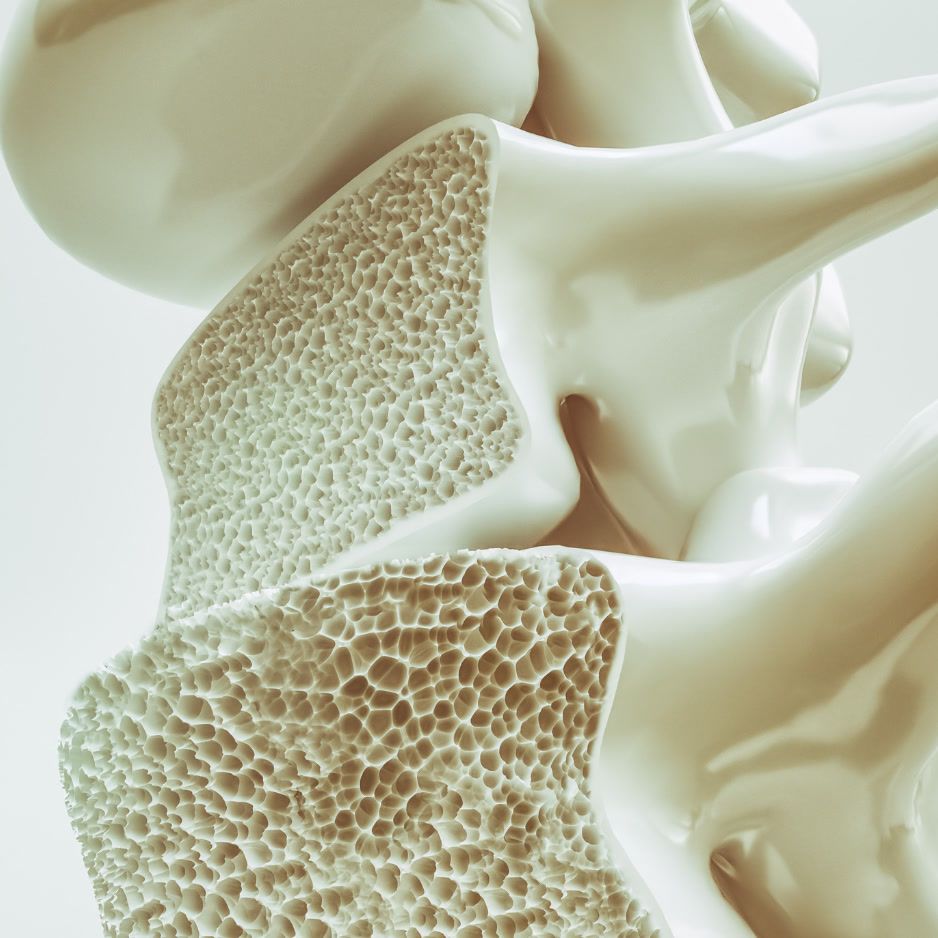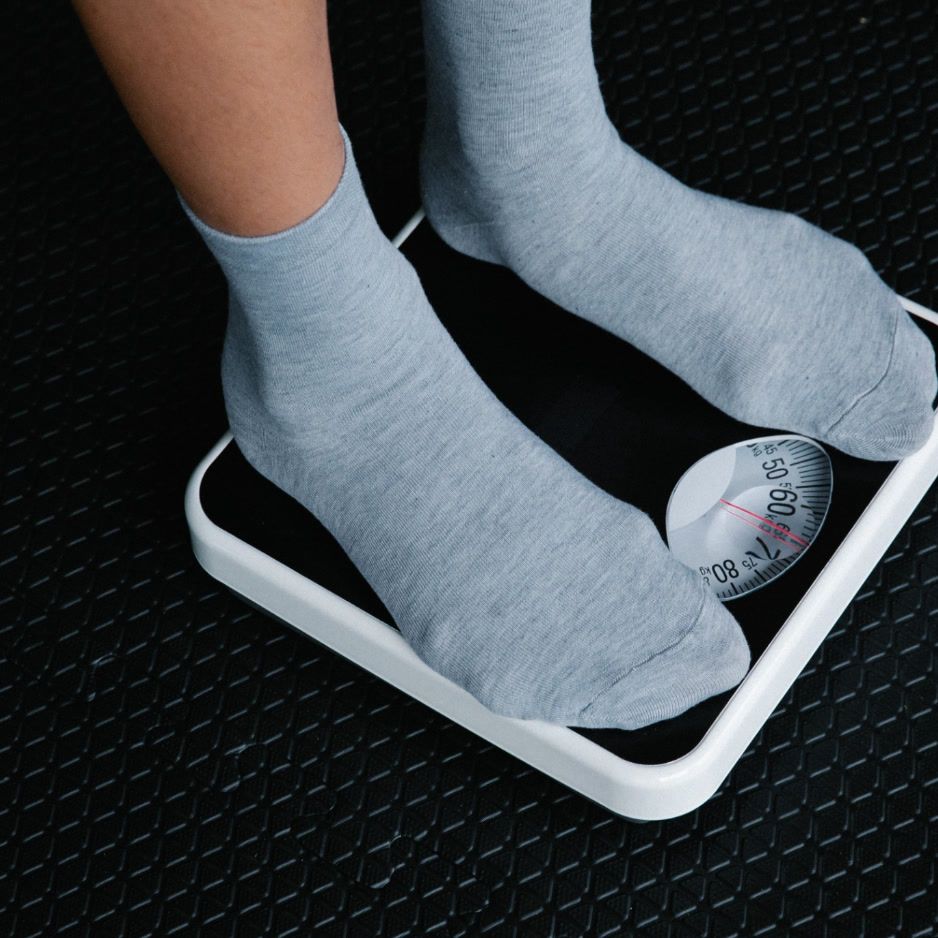The Ultimate HIIT Workout Hub: Complete Guide to High-Intensity Interval Training

The Ultimate HIIT Workout Hub: Complete Guide to High-Intensity Interval Training
High-Intensity Interval Training (HIIT) delivers maximum fitness results by alternating short bursts of intense exercise with brief recovery periods. This is your complete HIIT workout hub, offering everything from protocols to training templates. You'll find workouts for all levels, from 10-minute beginner routines to advanced 30-minute sessions that can be done anywhere with minimal or no equipment.
Whether you're a busy professional with 15 minutes to spare or someone looking to break through fitness plateaus, HIIT workouts offer something for everyone.
What Is HIIT and How Does It Work?
High-Intensity Interval Training alternates short bursts of intense exercise (typically 80-95% max heart rate) with recovery periods at lower intensities. Unlike steady-state cardio, HIIT pushes your cardiovascular system to its limits, creating powerful metabolic adaptations that continue burning calories long after your workout ends.
HIIT Protocol Structure:
- Work intervals: 15 seconds to 4 minutes of high-intensity exercise
- Recovery periods: Equal to or longer than work periods (varies by protocol)
- Total duration: Typically 10-30 minutes including warm-up and cool-down
The Science Behind HIIT's Effectiveness
HIIT induces numerous physiological adaptations including increased VO₂ max, improved cardiovascular function, enhanced insulin sensitivity, and superior muscle oxidative enzyme capacity compared to moderate-intensity continuous training.
The "afterburn effect" (EPOC - Excess Post-Exercise Oxygen Consumption) allows your body to continue burning calories at an elevated rate for hours after completing your HIIT session. This metabolic boost can increase your metabolic rate for up to 24 hours post-exercise, providing additional calorie burn beyond the workout itself.

The Proven Benefits of HIIT Training
1. Maximum Calorie Burn in Minimum Time
HIIT can produce similar or superior results to traditional cardio in half the time. A 20-minute HIIT session can burn as many calories as 40-60 minutes of moderate-intensity exercise.
2. Preserves Muscle While Burning Fat

When combined with adequate protein intake, HIIT prevents muscle mass loss during caloric restriction phases and is highly effective at preserving lean muscle tissue during a fat loss phase. This makes HIIT excellent for improving body composition by maintaining muscle while losing fat.
3. Improves Cardiovascular Health
Studies show HIIT can improve blood pressure, heart rate, and overall cardiovascular function, often to a greater degree than moderate-intensity exercise.
4. Enhances Insulin Sensitivity
HIIT has shown particular benefits for metabolic health, improving glucose metabolism and insulin sensitivity, making it valuable for diabetes prevention and management.
5. Builds Multiple Fitness Components
Unlike single-modality training, HIIT simultaneously improves aerobic capacity, anaerobic power, strength endurance, and often functional movement patterns.
Safety Guidelines and Contraindications
Who Should Approach HIIT with Caution:
- Individuals with cardiovascular disease (medical clearance required)
- Those new to exercise (able to sustain 20-30 minutes of moderate cardio, like brisk walking, before starting HIIT)
- People with joint problems (consider low-impact modifications)
- Anyone with uncontrolled blood pressure or diabetes
Universal Safety Tips:
- Start with medical clearance if over 40 or sedentary
- Build base fitness before attempting high-intensity protocols
- Listen to your body—stop if experiencing pain or dizziness
- Stay hydrated before, during, and after workouts
- Allow adequate recovery between sessions
Understanding Rate of Perceived Exertion (RPE)
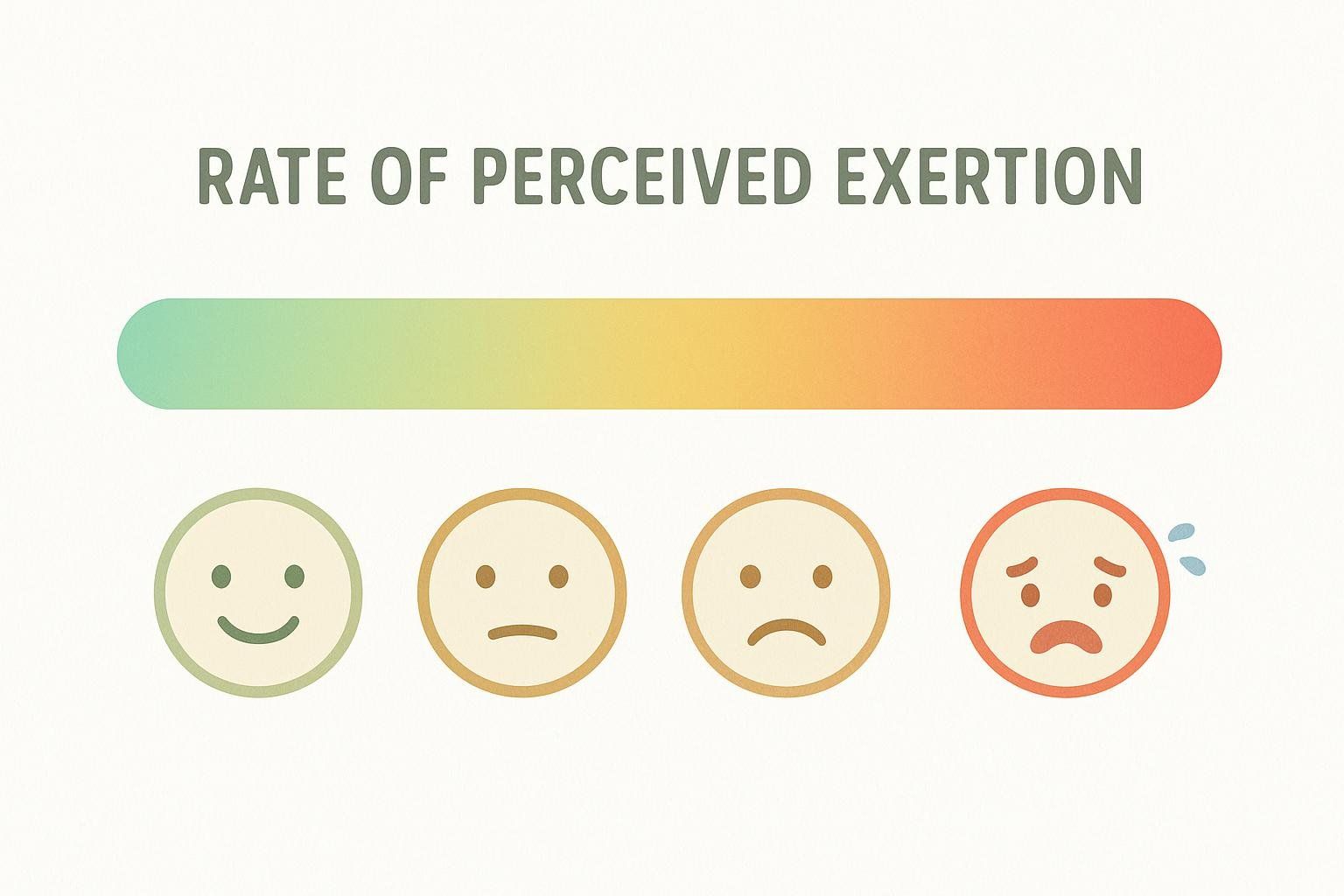
Rate of Perceived Exertion is a subjective scale from 1-10 that measures how hard you feel your body is working during exercise. This scale helps guide intensity when heart rate monitors aren't available and allows you to adjust effort based on daily energy levels:
- RPE 1-3: Very easy effort (could maintain for hours)
- RPE 4-6: Moderate effort (can still hold a conversation)
- RPE 7-8: Vigorous exercise (talking becomes difficult)
- RPE 9-10: Maximum effort (can only sustain for short bursts)
Essential HIIT Protocols
Standard HIIT (1:1 to 1:3 Work-to-Rest Ratios)
Work: 30 seconds to 2 minutes high intensity
Rest: Equal to or 2-3x work period
Best for: General fitness, fat loss, cardiovascular improvement
Tabata (4-Minute Protocol)
Work: 20 seconds all-out effort
Rest: 10 seconds
Rounds: 8 total (4 minutes)
Best for: Time-efficient training, anaerobic capacity, mental toughness
EMOM (Every Minute on the Minute)
Structure: Complete set number of reps at start of each minute, rest remaining time
Duration: 10-20 minutes
Best for: Strength endurance, pacing practice, consistent intensity
Progression: Gradually increase work completed in the same time frame. For example, Week 1: 5 burpees per minute → Week 4: 7 burpees per minute.
AMRAP (As Many Rounds/Reps As Possible)
Structure: Complete maximum rounds of exercise sequence in set timeframe
Duration: 5-30 minutes
Best for: Mental toughness, competitive training, progress tracking
Progression: Track total rounds completed. Aim to beat your previous score by 1-2 rounds over several weeks.
Equipment-Free Bodyweight HIIT Workouts
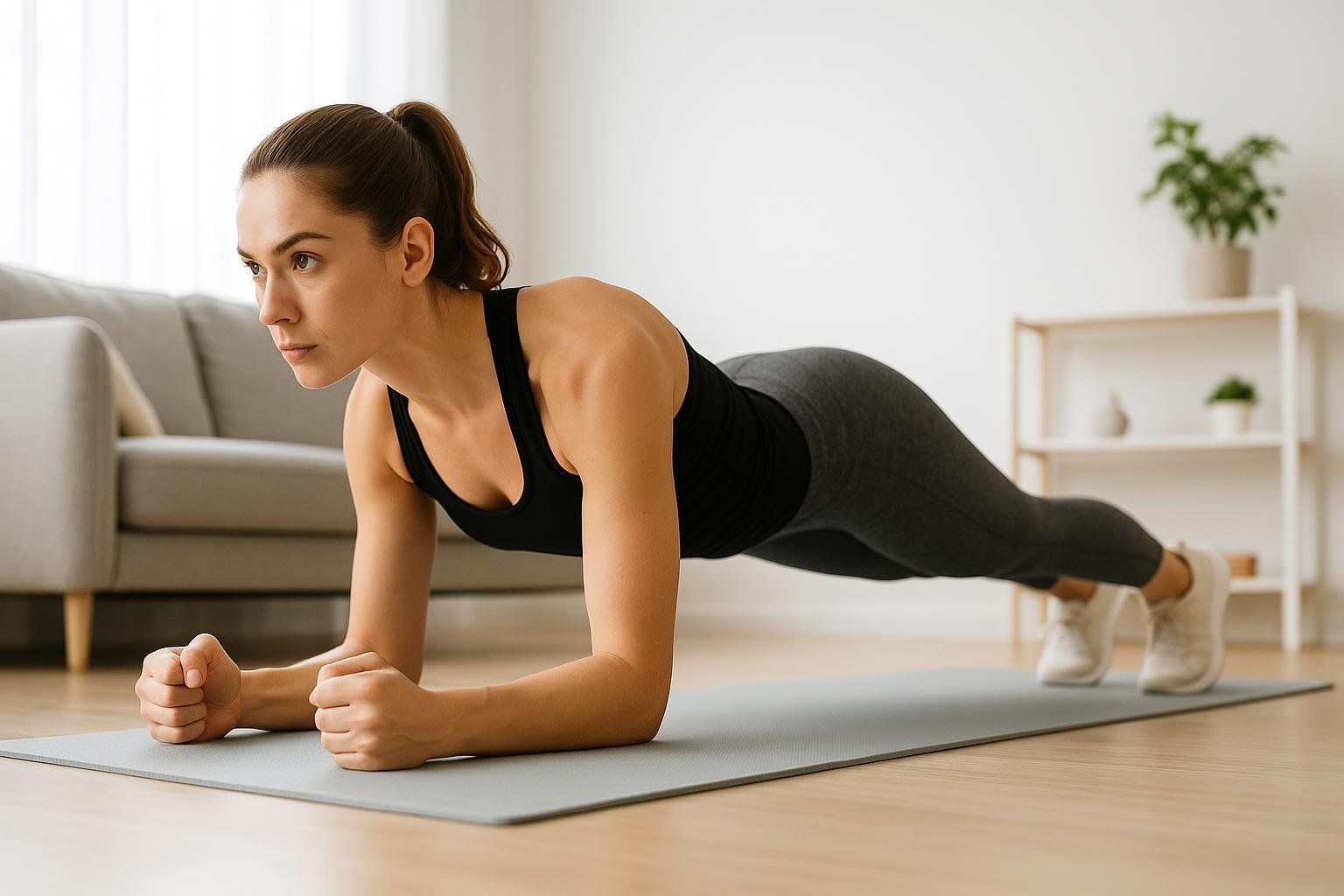
Workout 1: 12-Minute Foundational Circuit
Protocol: 40 seconds work, 20 seconds rest
Structure: Perform 3 complete rounds of these 4 exercises
- Bodyweight squats
- Modified push-ups (knees or wall)
- High knees marching in place
- Glute bridges
Workout 2: 20-Minute Progression Circuit
Protocol: 40 seconds work, 20 seconds rest
Structure: Perform 3 complete rounds of all 8 exercises
- Bodyweight squats
- Modified push-ups (knees or wall)
- High knees marching in place
- Glute bridges
- Alternating lunges
- Standard push-ups
- Jumping jacks
- Plank hold
Intermediate Full-Body Circuit (16 Minutes)
Protocol: 45 seconds work, 15 seconds rest
Structure: Complete 4 rounds of the circuit, resting for 45 seconds between each full round
Exercises per round:
- Jump squats
- Push-ups
- Mountain climbers
- Burpees (step back modification available)
Advanced Tabata Challenge (24 Minutes)
Protocol: 20 seconds all-out effort, 10 seconds rest
Structure: 5 Tabata blocks (8 rounds each), with 1 minute rest between blocks
Exercise blocks:
- Block 1: Burpees
- Block 2: Jump squats
- Block 3: Push-up to T (alternate side each round)
- Block 4: Mountain climbers (fast feet)
- Block 5: Tuck jumps
Equipment-Based HIIT Workouts
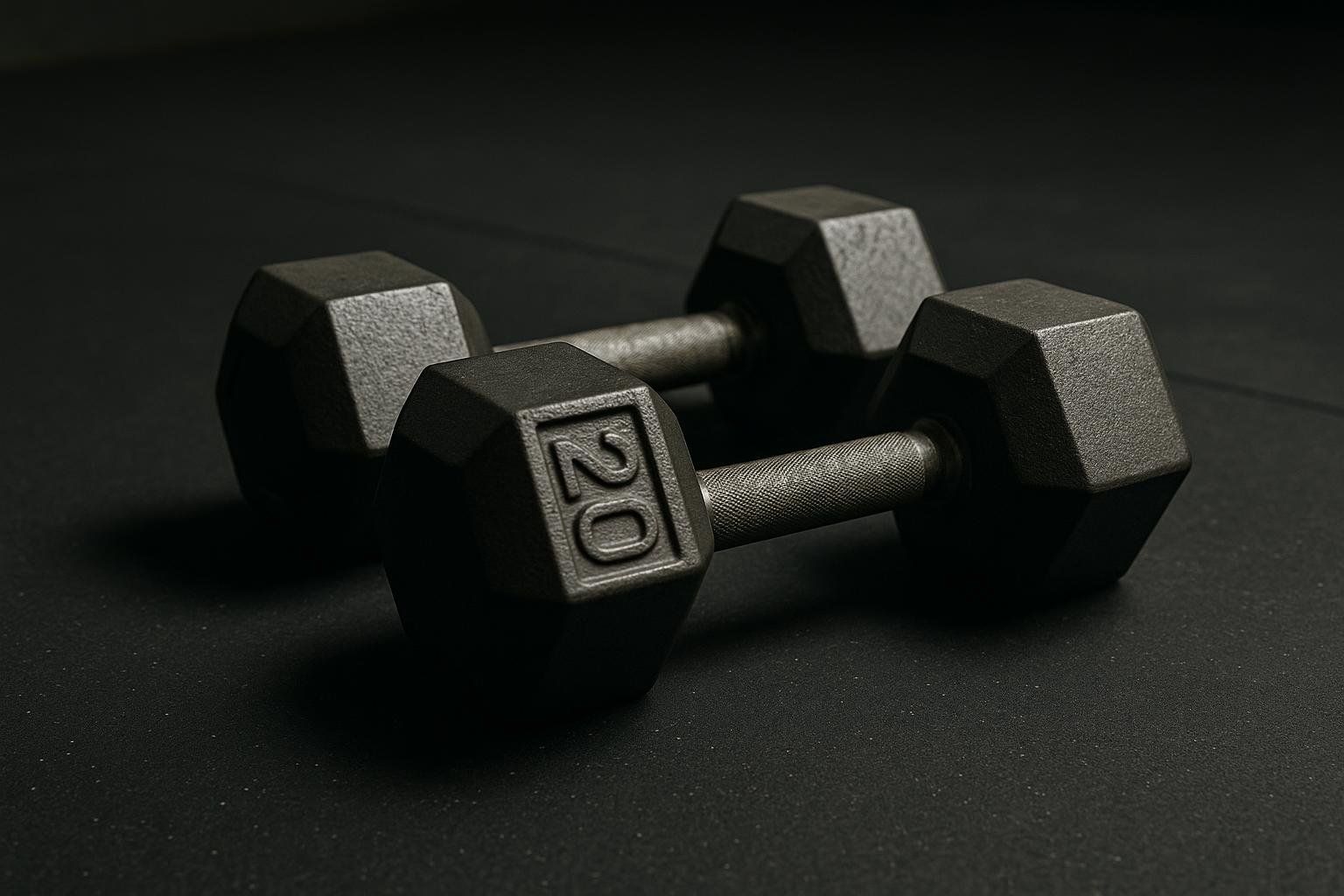
Dumbbell HIIT Circuit (18 Minutes)
Equipment: Pair of moderate dumbbells
Protocol: 30 seconds work, 30 seconds rest
Structure: Complete 3 rounds of this 6-exercise circuit
Circuit exercises:
- Goblet squats
- Dumbbell thrusters
- Bent-over rows
- Dumbbell deadlifts
- Dumbbell push press
- Renegade rows
Kettlebell Power Circuit (15 Minutes)
Equipment: Single kettlebell
Protocol: 45 seconds work, 15 seconds rest, 3 rounds
Exercises:
- Kettlebell swings
- Goblet squats
- Single-arm overhead press (switch arms halfway through each set)
- Kettlebell deadlifts
- Kettlebell high pulls
Cardio Machine Intervals
Treadmill Sprint Protocol
Warm-up: 5 minutes easy walking/jogging
Main set: 8 rounds
- 30 seconds sprint (8-9/10 effort)
- 90 seconds recovery walk/jog
Cool-down: 5 minutes easy pace
Bike Power Intervals
Warm-up: 5 minutes moderate pace
Main set: 6 rounds
- 20 seconds all-out sprint (9-10/10 effort)
- 40 seconds easy pedaling
Cool-down: 5 minutes easy pace
Rowing Machine Intervals
Warm-up: 5 minutes easy rowing
Main set: 6 rounds
- 250 meters all-out effort (9-10/10 effort)
- 90 seconds easy recovery rowing
Cool-down: 5 minutes easy pace
Low-Impact HIIT Workouts

Perfect for joint concerns, beginners, or recovery days:
Low-Impact Circuit with Chair Assistance (12 minutes)
Protocol: 30 seconds work, 30 seconds rest
Exercises:
- Seated punches
- Chair-supported squats
- Seated high knees
- Standing calf raises (hold chair)
- Chair dips (modified)
- Wall push-ups
Pool HIIT Workout (20 minutes)
Structure: Perform each exercise for 45 seconds, followed by 15 seconds of rest. After completing all exercises, rest for 60 seconds. Repeat for 4 rounds.
Exercises:
- Water jogging sprints (alternate 15 seconds fast, 15 seconds moderate, 15 seconds fast)
- Jumping jacks
- Cross-country skiing motion
- Squat jumps
HIIT Programming Considerations
For Beginners (Under 3 Months Exercise Experience)
Frequency: 2-3 sessions per week
Duration: 10-15 minutes
Intensity: 7/10 effort during work periods
Focus: Movement quality, building aerobic base
Sample Week:
- Session 1: Bodyweight circuit (12 minutes, focus on squats and push-ups)
- Session 2: Walk/jog intervals (15 minutes, alternate brisk walking with easy recovery)
- Session 3: Resistance band circuit (10 minutes, e.g., rows, chest presses, squats)
Weekly Development:
- Week 1-2: Focus on proper form, use longer rest periods if needed
- Week 3-4: Add 1-2 minutes to each session, maintain form
- After 4 weeks: You should feel prepared to try the routines in the 'For Active Adults' section
For Active Adults (Regular Exercise Background)
Frequency: 3-4 sessions per week
Duration: 15-25 minutes
Intensity: 8-9/10 effort during work periods
Focus: Fat loss, performance improvement
Sample Week:
- Session 1: Intermediate Full-Body Circuit (16 minutes, full intensity bodyweight circuit)
- Session 2: Treadmill/bike intervals (20 minutes, sprint/recovery format)
- Session 3: Dumbbell HIIT circuit (18 minutes, compound movement focus)
- Session 4: Kettlebell Power Circuit (15 minutes, power-focused movements)
Integration Options:
- Option 1: HIIT finisher after strength training (5-10 minutes)
- Option 2: Dedicated HIIT days alternating with strength days
- Option 3: Circuit training combining both modalities
For Older Adults (55+)
Frequency: 2-3 sessions per week
Duration: 10-20 minutes
Intensity: 6-8 on a 1-10 RPE scale, emphasize proper form
Focus: Functional capacity, bone health, cardiovascular fitness
Sample Week:
- Session 1: Low-Impact Circuit with Chair Assistance (12 minutes)
- Session 2: Pool HIIT workout or modified bodyweight circuit (15 minutes)
- Session 3: Walking intervals with bodyweight exercises (20 minutes)
Special Modifications:
- Longer warm-up periods (7-10 minutes)
- Chair-supported exercises when needed
- Avoid high-impact jumping movements
- Include balance challenges
- Use Rate of Perceived Exertion (RPE) scale to guide intensity
Combining HIIT with resistance training provides optimal body composition results. For detailed guidance on building muscle alongside your cardio routine, check out our comprehensive guide on strength training for beginners.
Sample 4-Week Progressive HIIT Program
For the most accurate progress tracking, we recommend getting a baseline DEXA scan to establish your starting body composition metrics.
Week 1: Foundation
Goal: Establish base, learn movements
Frequency: 3 sessions
Duration: 12-15 minutes per session
Day 1: Bodyweight circuit (30s work, 30s rest)
Day 3: Walk/jog intervals (1 min fast walk, 1 min recovery)
Day 5: Basic Tabata (20s work, 10s rest, modified intensity)
Days 2, 4, 6, 7: Rest or gentle activity (walking, stretching)
Week 2: Building
Goal: Increase intensity and duration
Frequency: 3-4 sessions
Duration: 15-20 minutes per session
Day 1: Bodyweight circuit (40s work, 20s rest)
Day 3: Jog/run intervals (30s jog, 30s walk)
Day 5: Standard Tabata (full intensity if comfortable)
Day 6 (optional): Equipment-based circuit or active recovery
Days 2, 4, 7: Rest or gentle activity
Week 3: Challenging
Goal: Peak intensity, complex movements
Frequency: 4 sessions
Duration: 18-25 minutes per session
Day 1: Tabata protocol with plyometric movements
Day 3: EMOM training (15-20 minutes)
Day 5: Circuit training with compound exercises
Day 6: Longer HIIT session (25 minutes, mixed movements)
Days 2, 4, 7: Rest or active recovery
Week 4: Integration
Goal: Peak performance, assessment
Frequency: 4-5 sessions
Duration: 20-30 minutes per session
Day 1: Repeat Week 1 workouts to measure improvement
Day 3: Advanced exercise combinations
Day 5: Peak intensity challenge workout
Day 6: Active recovery—20-minute, low-intensity session focusing on perfect form for the exercises learned in Weeks 1-2
Days 2, 4, 7: Active recovery
After completing the 4-week program, consider scheduling a follow-up DEXA scan to measure your body composition improvements and guide your next training phase.
Common HIIT Mistakes and How to Avoid Them
Mistake 1: Going Too Hard Too Soon
Problem: Injury risk, burnout
Solution: Start with 2 sessions per week, build intensity gradually
Mistake 2: Poor Work-to-Rest Ratios
Problem: Incomplete recovery, declining performance
Solution: Use longer rest periods initially, adjust based on recovery
Mistake 3: Ignoring Warm-Up
Problem: Increased injury risk, poor performance
Solution: Always include 5-7 minutes dynamic warm-up
Mistake 4: Training HIIT Every Day
Problem: Overtraining, systemic fatigue
Solution: Aim for 2-3 HIIT sessions per week with recovery days
Mistake 5: Sacrifice Form for Speed
Problem: Injury risk, reduced effectiveness
Solution: Master movements at slower pace before adding intensity
Troubleshooting Common HIIT Challenges
"I Can't Keep Up the Intensity"
Solutions:
- Use longer rest periods initially
- Reduce total workout duration
- Modify exercises to appropriate fitness level
- Focus on consistent effort rather than comparing to others
"I'm Too Sore After HIIT"
Solutions:
- Extend cool-down and recovery practices
- Reduce frequency temporarily
- Include more low-intensity movement on off days
- Assess nutrition and sleep quality
"Results Have Plateaued"
Solutions:
- Change exercise selection
- Adjust work-to-rest ratios
- Vary intensity levels within sessions
- Include different HIIT protocols
- Get DEXA scan to assess actual body composition changes
"HIIT is Too Boring"
Solutions:
- Try different exercise modalities (boxing, dance, sports)
- Work out with partners or groups
- Use music and gamification apps
- Outdoor circuit training
- Incorporate elements from other disciplines (e.g., kickboxing combos, athletic drills)
Why DEXA is a Game-Changer for Tracking HIIT Progress
Subjective Measures:
- Rate of Perceived Exertion (RPE) during workouts
- Recovery time between sessions
- Sleep quality improvements
- Energy levels throughout the day
Objective Measures:
- Heart rate data during and after exercise
- Performance metrics (reps completed, times achieved)
- Body composition changes via DEXA scanning
- Cardiovascular fitness improvements
Traditional scales can't distinguish between muscle gained and fat lost—both common outcomes of effective HIIT training. Precise body composition analysis from a DEXA scan reveals:
What DEXA Measures:
- Total and regional body fat percentage
- Lean muscle mass distribution
- Visceral fat levels (dangerous belly fat)
- Bone density changes from weight-bearing HIIT
HIIT-Specific Insights:
- Muscle preservation during fat loss phases
- Reduction in visceral fat (deep abdominal fat)
- Bone density improvements from impact exercises
- True body recomposition verification
Tracking Timeline:
- Baseline scan before starting HIIT program
- Follow-up scan every 12-16 weeks
- Use data to optimize training and nutrition strategies
For more detailed information about understanding your body composition results, explore our complete guide to interpreting DEXA scan results.
Nutrition to Maximize HIIT Results
Proper nutrition amplifies your HIIT training benefits while supporting recovery and performance. For comprehensive nutrition guidance, see our detailed article on macro tracking and meal planning.
Pre-Workout Fueling (1-2 hours before):
- Small amount of easily digestible carbs
- Examples: Banana, apple, small portion of oats
- Avoid: Large meals, high fat or fiber foods
Post-Workout Recovery (within 30-60 minutes):
- Protein for muscle recovery: 15-25g
- Carbs to restore glycogen: 20-40g
- Examples: Protein smoothie with fruit, Greek yogurt with berries
For detailed protein requirements and timing strategies, check our comprehensive protein primer guide.
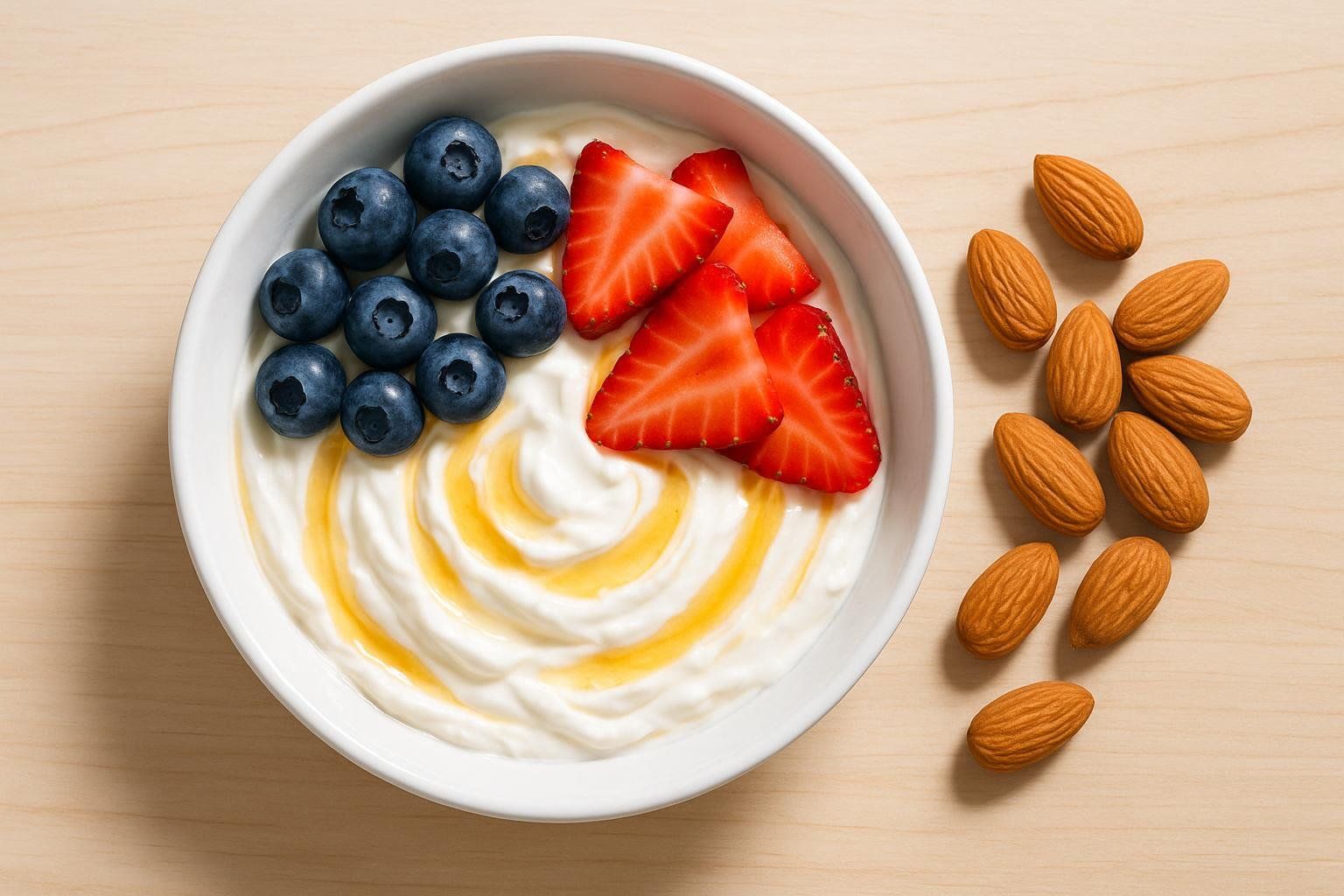
Hydration Strategy:
- 16-20oz fluid 2-3 hours before exercise
- 6-8oz every 15-20 minutes during longer sessions
- Replace fluid losses post-workout (weigh yourself before/after)
Fat Loss Considerations:
- HIIT works best with modest calorie deficit
- Avoid extreme restriction—can impair performance and recovery
- Focus on whole foods, adequate protein
- Time carbohydrates around workouts
Conclusion: Your HIIT Journey Starts Now
HIIT training offers exceptional efficiency for busy people wanting maximum fitness results. Whether you're a complete beginner starting with 10-minute bodyweight circuits or an athlete pursuing peak performance, the principles remain the same: challenge your body with intense bursts followed by strategic recovery.
The key to HIIT success lies not in perfecting every workout, but in consistent progression. Start with the beginner protocols, commit to the 4-week progressive program, and track your progress scientifically with precise body composition analysis. Begin your HIIT journey today and discover how much your strength, endurance, and body composition can improve through consistent, intelligent effort.

